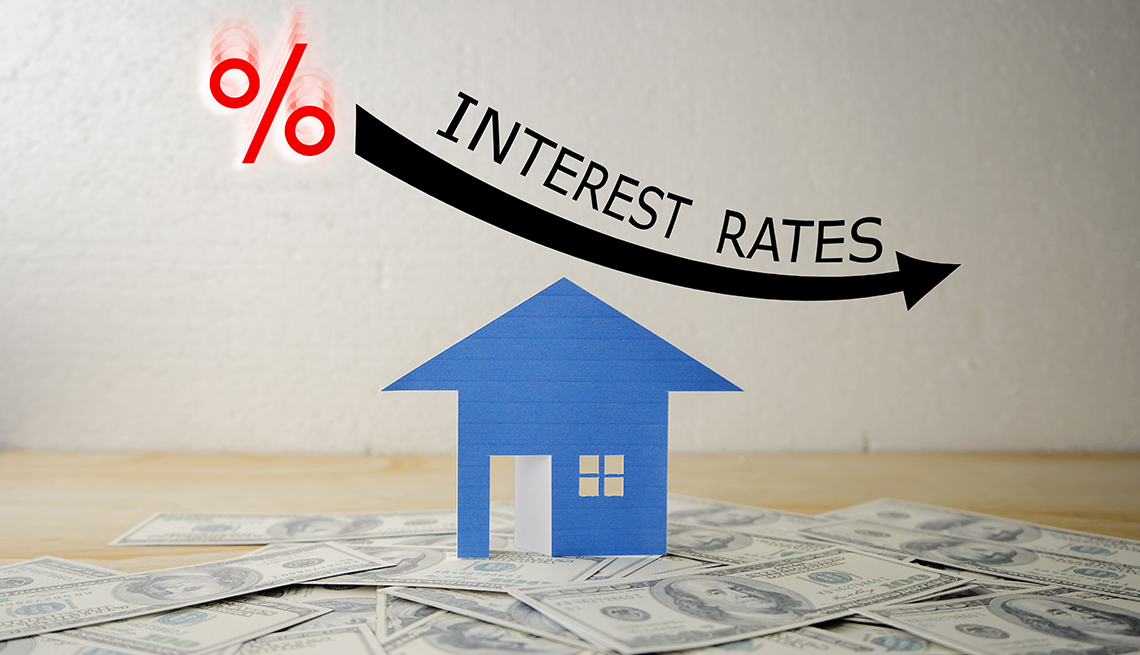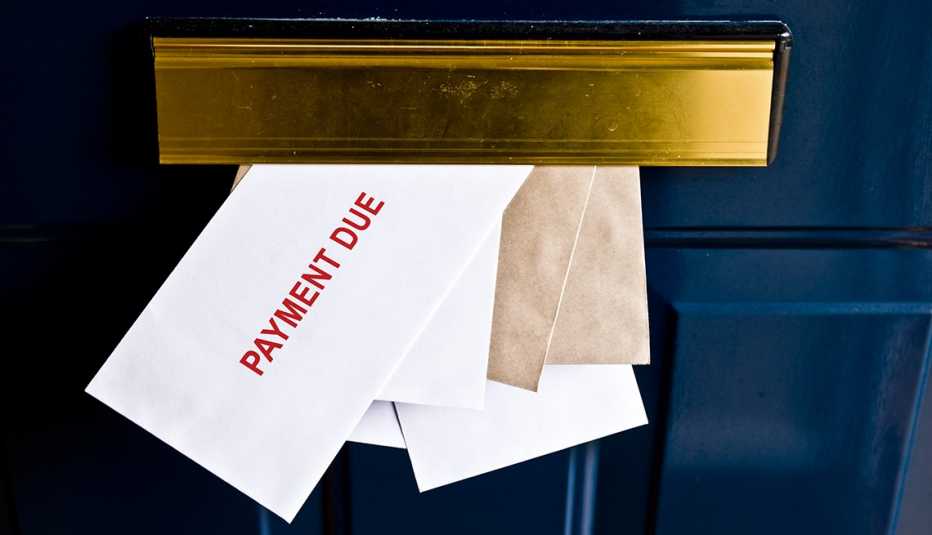Staying Fit
Interest rates are at rock-bottom levels — good news if you want to refinance your mortgage, but bad news if you’ve been hoping for high yields from your savings. Here’s advice about what opportunities to take — and what hazards to avoid — for both borrowers and savers.
Do consider refinancing
The average rate for a 30-year fixed mortgage was at an ultra-low 3.56 percent as of May 20. If you’re paying at least 0.5 percent more on your home loan, you might trim your monthly payments by refinancing. Alternatively, you could switch to a 15-year mortgage, costing you far less in interest over time. The rush to refi at these rates has created a bottleneck, so you’ll have to wait patiently for your turn.


AARP Membership— $12 for your first year when you sign up for Automatic Renewal
Get instant access to members-only products and hundreds of discounts, a free second membership, and a subscription to AARP the Magazine.
Don't chase high yields
Buying long-term and “junk” bond funds to boost your yields exposes you to sharp price drops. So think short-term. Denver financial planner Maggie Kirchhoff suggests certificates of deposit with different maturities, all two years or less: “If rates rise, you don't want to be stuck with a five-year CD."
Do move quickly to lower your credit card rate
If you're carrying a credit card balance, don't dally. Yes, interest rates are down — the average recently dipped below 17 percent for the first time in nearly two years — but they're still painfully high. Zero- and low-rate balance-transfer offers are available but may disappear as lenders pull back in this economy. So, switch cards now. “Act fast,” notes Greg McBride, chief financial analyst at Bankrate.com. “In this environment, credit card issuers are the first to tighten the purse strings.”
Don't restart at square one
If you've paid off much of your mortgage, refinancing into a 30-year loan could saddle you with payments deep into retirement. Instead, direct free cash toward extra principal payments, advises Marguerita Cheng, head of Blue Ocean Global Wealth in Gaithersburg, Maryland.
Do have a borrowing backup
As a backup to an emergency fund, a home equity line of credit (HELOC) is less expensive than your standard credit card. The interest rates on HELOCs, which are typically variable, currently average less than 5 percent. “It’s a nice insurance policy,” Kirchhoff says. If you seek a large up-front sum, a cash-out refinancing is even cheaper (around 3 percent for a 15-year fixed mortgage), McBride adds. Either way, you’ll need a steady income to qualify, not simply enough equity in your home to borrow against.
Ellen Stark, a former deputy editor of Money, has covered personal finance for more than 20 years.



































































